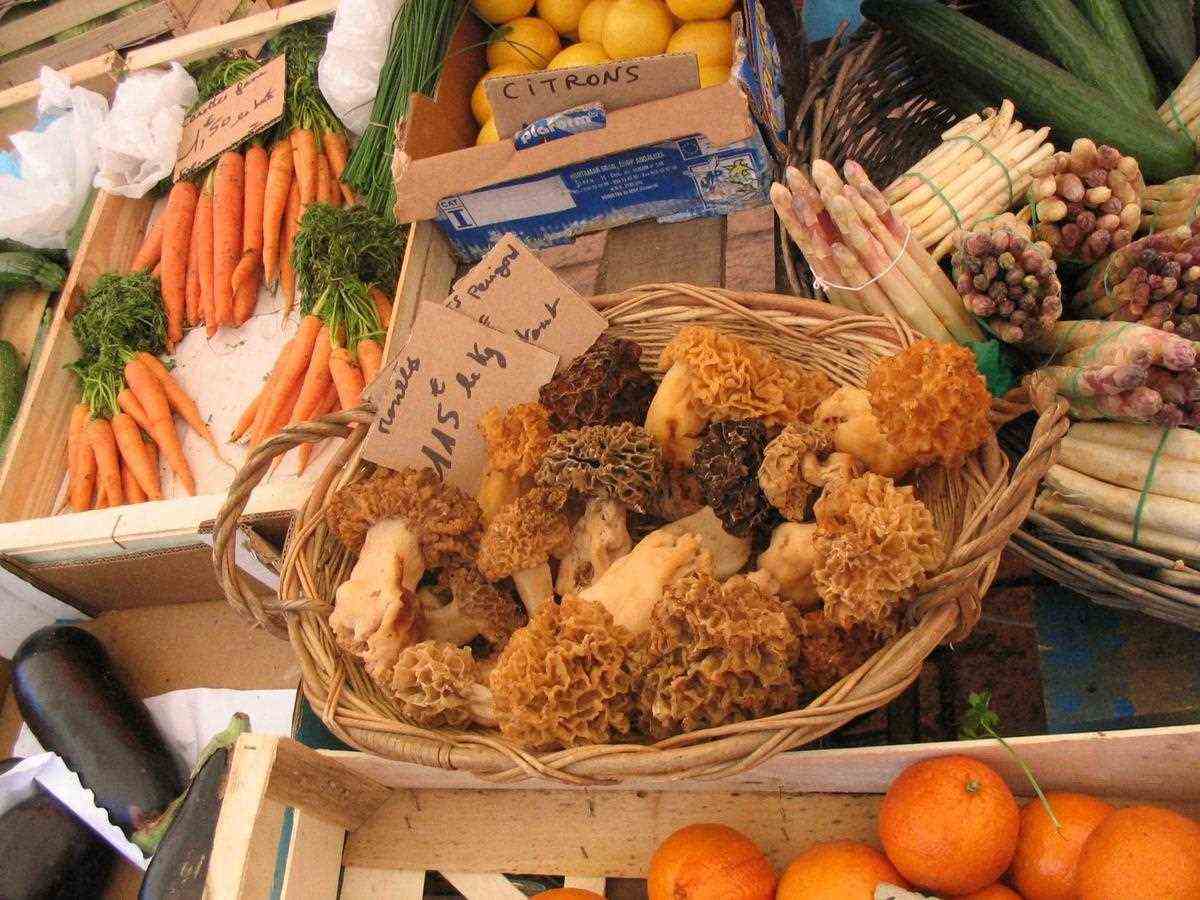It is a subject that fascinates our readers. According to a scientific study published in August 2021, the false morel is linked to around ten cases of amyotrophic lateral sclerosis (ALS), called Charcot’s disease, observed in a village in Savoie.
Since September 2021, the request “Charcot’s disease” ranks first in the search engine of the “Sud Ouest” archives which gives access, on our website, to more than 75 years of articles. Several Internet users seeking information on this subject have also contacted us by email. One of them, Cyrille Jaber, a 34-year-old Bordeaux native from Briançon (Hautes-Alpes) where his father still lives, who has this disease, gave us the reason for this buzz, as sudden as it was unusual. .
> Find all our archives on Charcot’s disease in our search engine
Ten years of investigation
A Franco-American study concerning Charcot’s disease, or amyotrophic lateral sclerosis (ALS), published on August 15 after ten years of investigation by the Journal of Neurological Sciences, caught his attention, like that of many patients (or relatives of patients) suffering from ALS. Rare and serious, explains Inserm on its website, this disease results in progressive paralysis of the muscles involved in voluntary motor skills, and also affects phonation (the production of sounds) and swallowing, leading to death after a few years. According to doctors, 10% of cases of ALS are of familial origin, but in the remaining 90%, it could be due to the mutation of a gene, potentially explicable by environmental factors.
Released in the September issue of the magazine Science and the future, the study would show that the consumption of false morels, a toxic fungus, could be at the origin of ten cases of amyotrophic lateral sclerosis in the small village of Montchavin, near the ski resort of La Plagne, in Savoie.
A rate 20 times higher than the national average
It all started in 2009. The general practitioner of this village is alarmed by an upsurge in cases of amyotrophic lateral sclerosis, after having diagnosed for the third time in an inhabitant this quite rare fatal neurodegenerative disease. It alerts specialists in this pathology who then launch an in-depth investigation. At first, they find 11 other cases in the village between 1991 and 2013, half of which have already died. A rate 20 times higher than the national average. And a concentration of patients all the more surprising, as the latter, aged 39 to 75, are unrelated.
Similar cases on the island of Guam and in Finland
Fake morels at a market in Helsinki, Finland.
Wikimedia Commons
An environmental cause is therefore suspected, all possible avenues are explored to solve this medical enigma: traces of bacterial toxins or lead in the water, radon gas in homes, air or soil pollution by pesticides or heavy metals… In vain. In the deadlock, however, the researchers drew the attention of Peter Spencer, a toxicologist at the University of Oregon in the United States, who has previously investigated a similar situation on the island of Guam in the west. of the Pacific. The seed of a local plant, Japanese cycad (or “small branch” in the West Indies) traditionally consumed had been shown to be the origin of many cases of ALS. The specialist will relaunch research by suspecting not the cycad, but a widespread toxic fungus, the giant gyromiter, or false morel (Gyromitra gigas), which contains toxins similar to those of cycad in their mode of action.
In the study published by the “Journal of Neurological Sciences”, the scientists report that the 14 patients did consume the fungus several times years ago, unlike the other villagers. At the same time, in Finland, an upsurge in ALS has been observed in an area where false morels are a popular delicacy.
Environmental causes
What can explain other cases elsewhere in France? Not necessarily. Cyrille, who wonders about the origins of his father’s illness, does not remember that he consumed such mushrooms in the past. But the investigation by the Franco-American team therefore proves at the very least that it is becoming difficult to rule out environmental causes in the onset of ALS. What relaunch the idea of a thorough investigation, at least in this sector of Savoy where this species of fungus is very present.

A basket of edible morels on the Sarlat market.
South West Archives
How to distinguish false morels from real ones?
Rare and delicious mushrooms, real morels are collected from March to May, they generally announce the arrival of spring. They have a dark hat then lighter, formed of irregular cells, which measures 4 to 10 cm high, a whitish foot which reaches 5 to 10 cm for a width of 2 to 3 cm. This makes it an edible mushroom of large size in general, which exhales a slight fruity odor and can be collected in all regions but the Franche-Comté, the Vosges or the Jura are well endowed with it. Poisonous mushroom, false morels can come in many shapes, sizes, and colors, including strong, lobed, wavy stems, and brain-like patterns on the caps. Many gyromiters also have caps with a reddish tint. Banned for sale in France since 1991, it can easily be confused with certain edible morels by the pleated appearance of its hat. As with all mushrooms, if in doubt, have your picking examined by a mycologist pharmacist.

